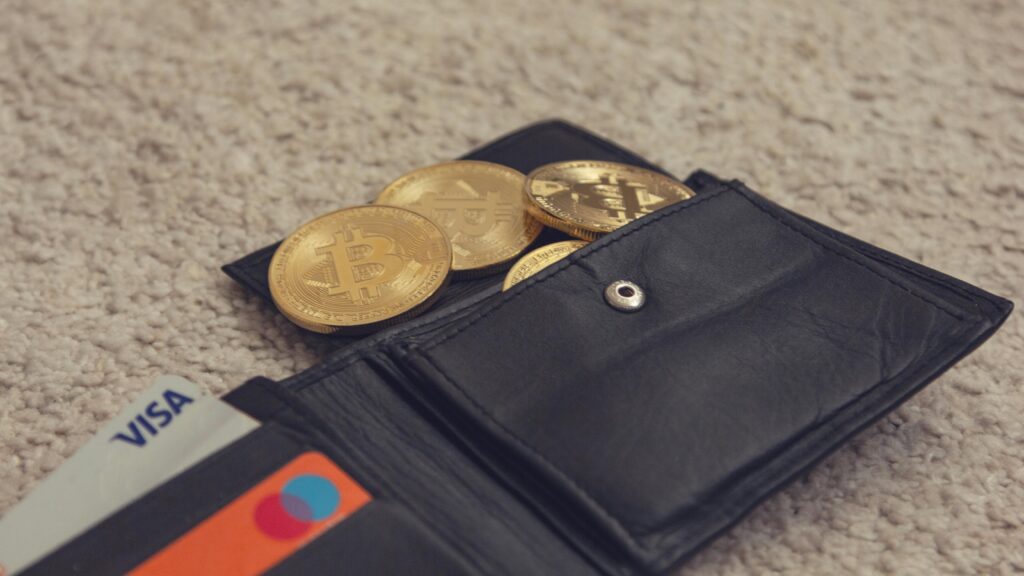
As we explore the world of cryptocurrency, understanding how wallets work is crucial for anyone looking to interact with digital currencies. A wallet in the context of cryptocurrency serves as a software program that stores, sends, and receives cryptocurrencies. It’s essential to grasp that these wallets don’t store actual coins but rather the keys needed to access them on the blockchain.
To understand this better, let’s delve into the concept of public and private keys. Each cryptocurrency has its unique address format, which is typically a combination of letters and numbers. This address serves as your identifier in the system, much like an email address or a physical mailing address. When you want to receive cryptocurrencies, you share your public key (or wallet address) with others.
However, when it comes to accessing or spending those funds, that’s where your private key comes into play. The private key is essentially a password that unlocks the ability to use the coins associated with its paired public key. It’s crucial to keep this key safe and secure since losing it means potentially losing access to your cryptocurrencies permanently.
Now, let’s talk about the different types of wallets out there. Broadly speaking, wallets can be categorized based on their functionality, accessibility, security features, and more. One way to start is by looking at hot versus cold storage solutions.
Hot wallets are those that remain connected to the internet. They’re convenient for frequent use but come with a heightened risk of being hacked or compromised in some way. Within this category, you have desktop wallets (like Electrum for Bitcoin), mobile wallets (applications on your smartphone like MetaMask for Ethereum), and web wallets (online platforms accessed through any device with an internet connection).
Desktop wallets are installed directly onto your computer’s hard drive, providing a high level of control but requiring regular software updates for security. Mobile wallets offer the convenience of managing your cryptocurrencies on-the-go but might have limitations in terms of features or user interface due to screen size constraints.
Web wallets, on the other hand, exist solely online and can be accessed from any internet-enabled device. They’re often simpler to use than desktop or mobile apps but come with the risk that if the website is compromised, so are your funds. A notable example in this category would be Blockchain.info’s wallet services for multiple cryptocurrencies.
Cold storage solutions, by contrast, isolate your private keys from the internet entirely, reducing the risk of unauthorized access significantly. This includes hardware wallets and paper wallets.
Hardware wallets look like small USB drives or smart cards and store your cryptocurrency offline on a physical device. They’re designed to be plugged into your computer when you need to make transactions but otherwise remain disconnected. Brands like Ledger, Trezor, and KeepKey have become well-known for their secure and user-friendly devices.
Then there are paper wallets, which involve printing out both your public and private keys on paper. These can be generated through specialized websites or software that create a single-use physical wallet. The biggest risk here is losing the piece of paper, but if kept safely, it’s an extremely low-tech yet secure solution for storing cryptocurrencies.
Lastly, there are custodial wallets offered by exchanges themselves. These are convenient because they’re directly tied to your trading account and make buying or selling cryptocurrencies straightforward. However, they carry a significant risk since you don’t actually control the private keys; the exchange does. This leaves you vulnerable in case of an exchange hack or insolvency.
In summary, understanding how wallets work and their different types is fundamental for anyone venturing into cryptocurrency space. Whether it’s for daily transactions or long-term holding, choosing the right wallet that balances security with convenience is key to navigating this digital landscape effectively.














